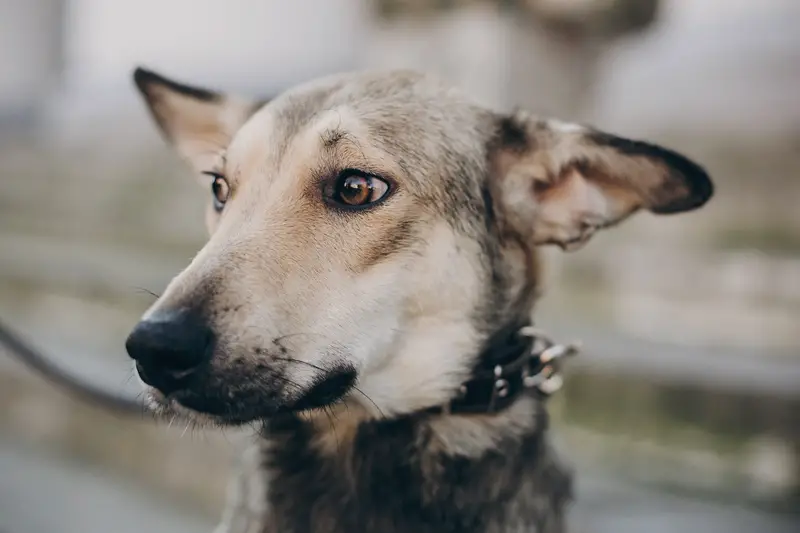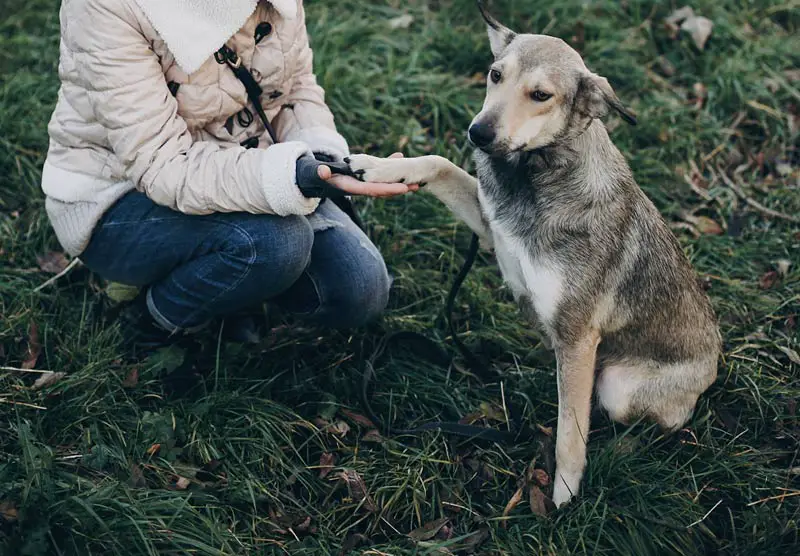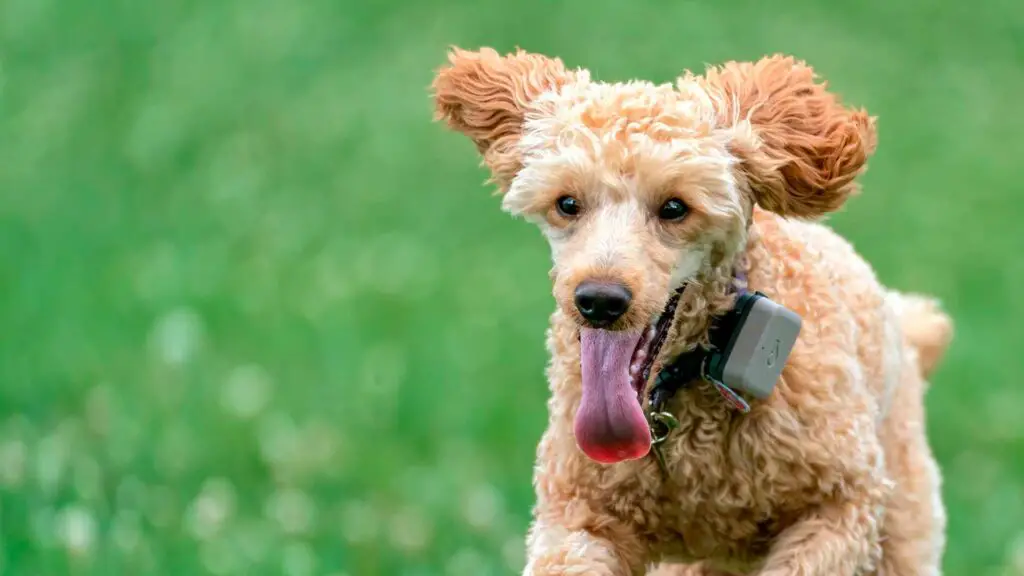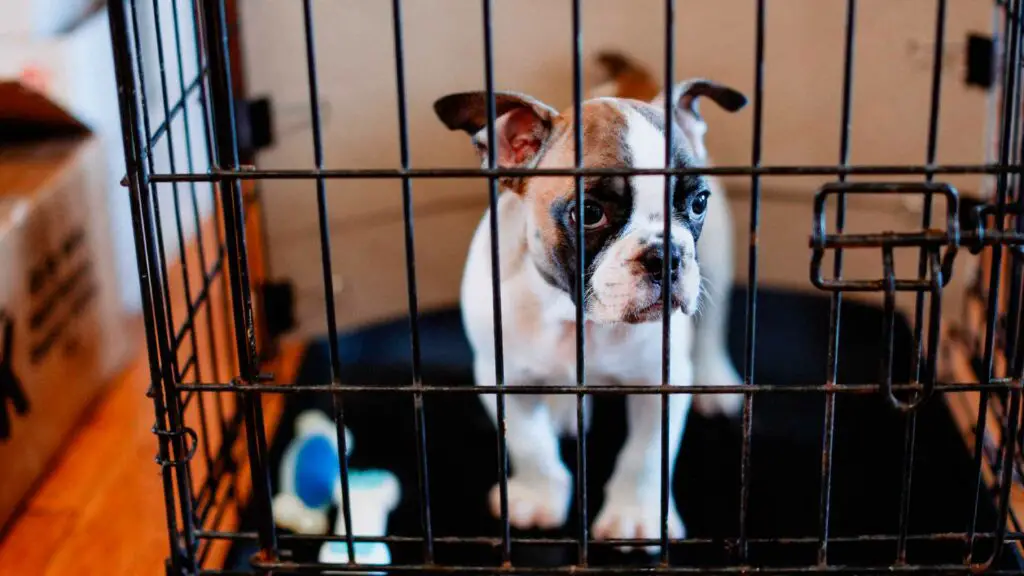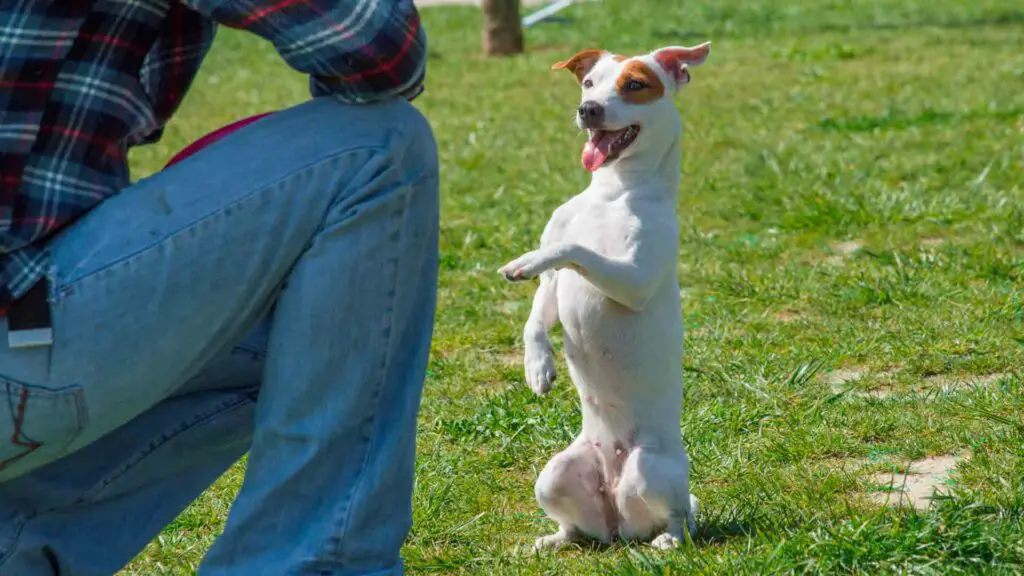While watching your favorite TV show and your dog is peacefully sitting near your feet, imagine a roar of thunder in the skies. Suddenly, your dog gets terrified, barks uncontrollably, and runs helter-skelter in your living room. Does this example seem familiar to you? Have you wondered how you can tackle this tricky situation?
Dogs get scared and anxious often due to a wide variety of reasons. They convey these emotions mainly through their body language. Some of the common gestures include shivering, tucking their tails, cowering, or even demonstrating aggression.
Some of the common triggers that scare a dog could be a loud noise like a cracker or thunderstorm, certain people, other dogs/animals, and so on. This article tries to list down a few proven and effective techniques on how to help a fearful dog with training methods.




